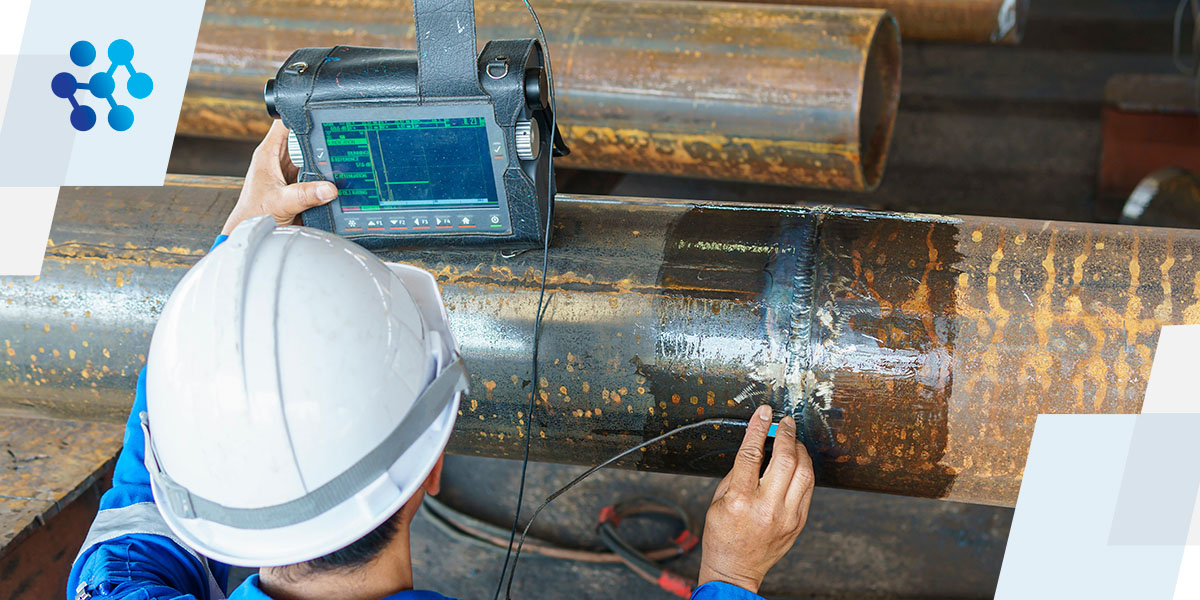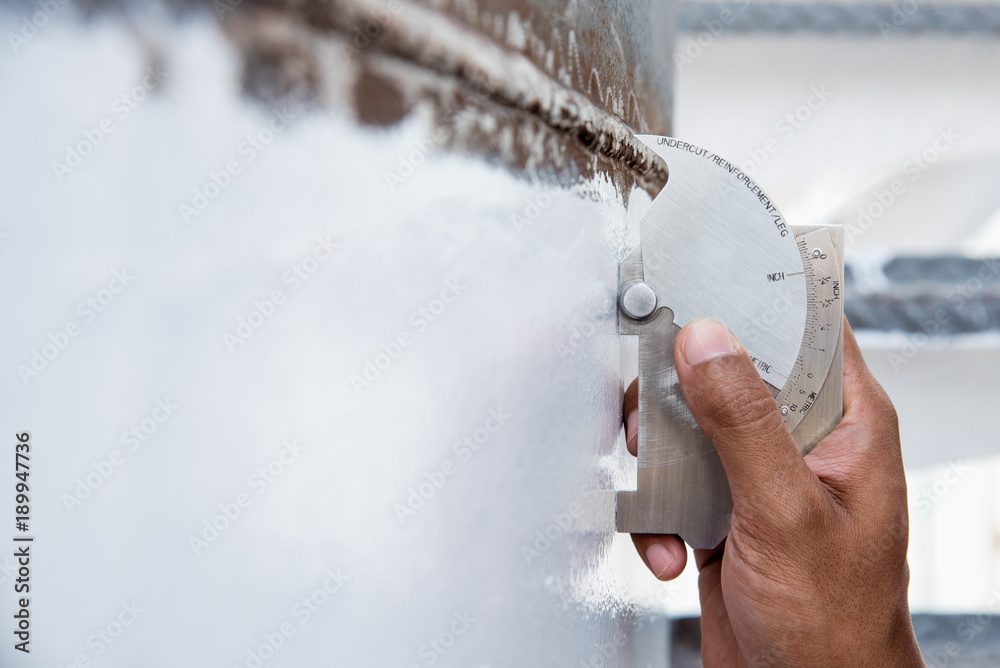
Recognizing the Value of Rigorous Container Welding Inspection Processes in Stopping Failures and Enhancing Life Expectancy
In the world of commercial procedures, the value of strenuous storage tank welding inspection procedures can not be overstated. By carrying out numerous evaluation techniques, companies can identify problems early, thereby avoiding expensive repercussions and prolonging the life of their storage tanks.
Relevance of Welding Inspections
Identifying the crucial role of welding inspections in keeping structural honesty, these processes make sure that welds meet well established criteria and specs - Tank Welding Inspection. Reliable welding evaluations are vital in the construction and maintenance of storage tanks, as they straight affect the durability and safety and security of the frameworks. By determining possible deficiencies, such as incorrect methods or product flaws, evaluations alleviate the risk of devastating failures
Welding inspections include different methods, consisting of aesthetic assessments, non-destructive screening (NDT), and evaluations of welding procedures. Each technique offers to validate the quality and conformity of welds with industry regulations, thus securing both employees and ecological rate of interests. Routine assessments promote a culture of responsibility and excellence within the labor force, making sure that all team members adhere to ideal techniques.
Furthermore, these evaluations add to the total lifecycle administration of tanks by identifying wear or deterioration early in the process. By attending to these problems proactively, organizations can expand the operational life expectancy of their properties, inevitably resulting in cost financial savings and enhanced dependability. In summary, the value of welding examinations can not be overstated; they are crucial for guaranteeing safety, long life, and conformity in tank building and maintenance.
Usual Sources Of Container Failings
Understanding the usual reasons for container failures is vital for avoiding tragic occurrences and ensuring the durability of storage space systems. One widespread source of storage tank failing is corrosion, which can dramatically compromise the structural stability of storage tanks over time. Environmental factors, such as direct exposure to moisture, chemicals, and temperature level fluctuations, can accelerate this procedure.
An additional vital variable is improper welding strategies, which may cause defects like cracks or insufficient joints. These problems can endanger the tank's stamina and cause leakages or tears. Additionally, insufficient upkeep techniques can result in undiscovered deterioration, inevitably increasing the risk of failure.
Style imperfections, consisting of insufficient density or inadequate material selection, can also add to storage tank susceptabilities. In addition, operational factors, such as overfilling or exposure to extreme pressures, can stress the container past its intended limits.
Secret Examination Strategies
Reliable examination strategies play a crucial function in reducing the risks connected with storage tank failings. A comprehensive method to tank welding inspection involves a number of crucial methods, each developed to identify potential issues and make certain architectural integrity.
Visual inspection continues to be the initial line of defense, allowing examiners to identify surface his response abnormalities such as fractures, corrosion, or imbalance. This technique is typically supplemented by non-destructive testing (NDT) techniques, which are crucial for examining weld high quality without jeopardizing the storage tank's integrity.

In addition, magnetic particle testing (MPT) and color penetrant screening (DPT) are effective for discovering surface problems in ferromagnetic materials and non-porous surfaces, specifically. Each strategy has its toughness and restrictions; consequently, a mix of approaches is typically employed to attain thorough inspection outcomes.
Advantages of Rigorous Assessments
While the immediate prices of extensive examinations might appear complicated, the long-term advantages significantly exceed these first investments. Carrying out comprehensive assessment refines not only improves the stability and safety of container structures yet also lessens the danger of catastrophic failures that can lead to significant economic losses and environmental injury.
Extensive examinations help identify prospective concerns early in the welding procedure, enabling for prompt corrective actions that avoid expensive fixings or replacements down the line. This aggressive strategy cultivates a culture of quality assurance, where adherence to best practices becomes instilled in operational procedures. Additionally, routine assessments add to boosted possession durability, as they make certain that containers continue to be in optimal problem throughout their life expectancy.
In addition, the documents created from these examinations acts as a useful resource for maintenance preparation and performance evaluations. This data-driven approach can additionally boost wikipedia reference functional efficiency, resulting in lowered downtime and enhanced efficiency. Ultimately, strenuous examinations not just guard the structural integrity of tanks however likewise provide considerable economic benefits, strengthening the concept that purchasing top quality assurance is a smart choice for any kind of organization included in storage tank procedures.
Regulatory Requirements and Conformity
Regulative criteria and compliance are vital components of tank welding examination procedures, as they establish the structure for guaranteeing safety and security and high quality in operations. Compliance with these standards not just mitigates threats but also boosts the overall honesty of welded frameworks. Different organizations, consisting of the American Culture of Mechanical Engineers (ASME) and the American Petroleum Institute (API), supply guidelines that dictate appropriate practices for welding, evaluation, and testing.
These requirements mandate making use of qualified employees, the implementation of extensive examination procedures, and adherence to details welding procedures. By lining up with governing requirements, organizations can make sure that their tanks satisfy the essential safety and performance requirements, thus lowering the possibility of disastrous failings that can lead to considerable economic losses and ecological damage.

In addition, regulatory compliance click here to read promotes a culture of responsibility and continual improvement within the welding and fabrication industries (Tank Welding Inspection). Normal audits and assessments guarantee that methods stay lined up with evolving requirements, thereby promoting long-lasting reliability and operational efficiency. Ultimately, adherence to regulatory standards not only protects assets but also enhances the lifespan of welded tanks, guaranteeing they offer their desired function successfully with time
Conclusion
In conclusion, strenuous tank welding assessment processes play a crucial duty in stopping failings and extending the life expectancy of storage space frameworks. By identifying prospective shortages through numerous inspection techniques, companies can reduce threats associated with storage tank honesty.